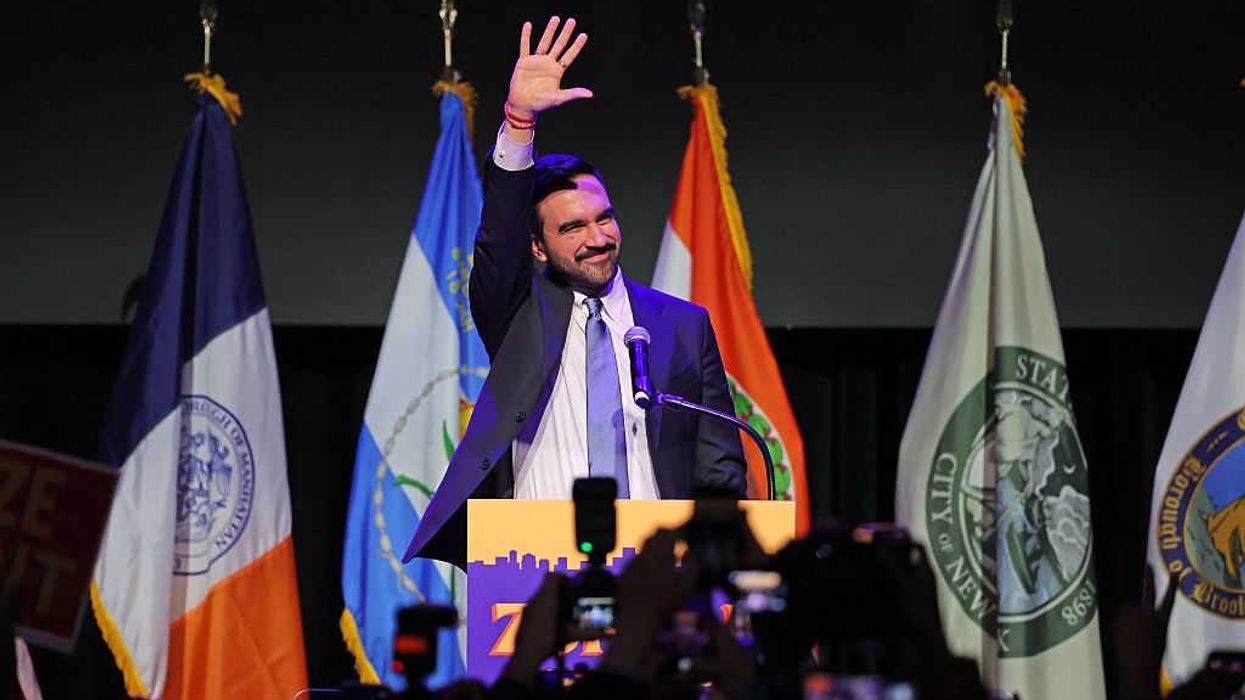Part One. Part Two. Part Three.
At the end of Trump rallies, I would throw on my Carhartt jacket, sneak out of the press area, then blend in with everyone as they left, filing out through swinging doors.
Often, someone held the door open for me. Just 30 minutes earlier, the same person had most likely had most likely hissed at me for being a journalist. And now they were Sunday smiles and "Oh, yes, thank you, sir" like some redneck concierge.
People flooded out of the arena with the stupidity of a fire drill mishap, desperate to survive.
The air smacked you as soon as you crossed the threshold, back into Louisiana. And the lawn was a wasteland of camping chairs and coolers and shopping bags and to-go containers and soda cans and articles of clothing and even a few tents.
In Monroe, in the dark, the Trump supporters bobbled over mounds of waste like elephants trying to tiptoe. And the trash was as neutral to them as concrete or grass. They plodded over it because it, an object, had somehow gotten in their way.
It did not matter that they were responsible for this wreckage.Out in the sharp-edged moonlight, rally-goers hooted and yapped and boogied and danced, and the bbq food truck was all smoke and paper plates.
They were even more pumped than they had been before the rally, like 6,000 eight year olds who'd been chugging Mountain Dew for hours. Which made Donald Trump the father, the trooper, God of the Underworld, Mr. Elite, Sheriff on high horse, the AR-15 sticker of the family.
Ritualistic mayhem, all at once. And, there in Louisiana, Trump's supporters had gotten a taste of it. They were all so happy. It bordered on rage.
Still, I could not imagine their view of America. Worse, after a day of strange hostilities, I did not care.
My highest priority, my job as a reporter, was to care. To understand them and the world that they inhabit. But I did not give a damn and I never wanted to come back.
Worst of all, I would be back. In less than a week.
Was this how dogs felt on the 4th of July? Hunched in a corner while everyone else gets drunk and launches wailing light into the sky? configurations of blue and red and white.
It was 10:00 p.m. and we'd been traveling since 11:00 a.m., and we still had 5 hours to go and all I wanted was a home, my home, any home, just not here, in the cold sweat of this nowhere. Grey-mangled sky. No evidence of planes or satellites or any proof of modern-day. Just century-old bridges that trains shuffled over one clack at a time.
And casinos, all spangles and neon like the 1960s in Las Vegas. Kitchy and dumb, too tacky for lighthearted gambling. And only in the nicer cities, like Shreveport, which is not nice at all.
And swamp. Black water that rarely shimmered. Inhabited by gadflies and leeches and not one single fish that was pretty.
Full of alligators, and other killing types. The storks gnawing on frogs, the vultures never hungry. The coyotes with nobody to stop them and so much land to themselves. The roaches in the wild, like tiny wildebeests.
Then, the occasional deer carcass on the side of the road, eyes splayed as if distracted, tongue out, relaxed but empty. The diseased willows like skeletons in hairnets. The owls that never quit staring. A million facets of wilderness that would outlive us all.
Because Nature has poise. It thrives and is original.
Because silence is impossible. Even in an anechoic chamber, perfectly soundproofed, you can hear your own heartbeat, steady as a drum. A never-ending war.
I put "Headache" by Grouper on repeat as we glided west. We were deadlocked to asphalt, rubber over tarface.
And I thought about lines from a Rita Dove poem titled "I have been a stranger in a strange land"
He was off cataloging the universe, probably,
pretending he could organize
what was clearly someone else's chaos.
Wasn't that exactly what I was doing? Looking for an impossible answer, examining every single accident, eager for meaning? telling myself, "If it happens and matters the next year, in America, I want to be there, or to know what it means. I owe it to whoever cares to listen."
Humans are collectors and I had gone overboard.
Because maybe this wasn't even my home. These landmarks, what did they mean? Was I obvious here? When I smiled, did I trick them into believing that I felt some vague sense of approval? Or did my expressions betray me?
Out in all that garbage-streaked emptiness — despite the occasional burst of passing halogen — I couldn't tell if everything we encountered was haunted or just old, derelict, broken, useless. One never-ending landfill.
Around those parts, they'd made everything into junk. Homes. Roads. Glass. Nature. Life itself, they made into junk.
I cringed as we passed yet another deer carcass mounded on the side of the road.
As written in Job 35:11,
Who teaches us more than the beasts of the earth and makes us wiser than the birds in the sky?
Nobody. Look at nature and you feel something powerful. Look at an animal, in all of its untamable majesty, and you capture a deep love, all swept up in the power of creation. But, here, all I saw were poor creatures who people had slammed into and kept driving. Driving to where? For what reason? What exactly was so important that they left a trail of dead animals behind them?
So I crossed myself dolorously and said an "Our Father" and recited a stanza from Charles Bukowski's "The Laughing Heart"
you can't beat death but
you can beat death in life, sometimes.
and the more often you learn to do it,
the more light there will be.
Out here, nothing but darkness. Needing some light, by God. Give me something better than a Moon that hides like an underfed coward.
Jade told me about some of the more traumatic things she'd seen while working at the State Fair.
"Bro, they pull roaches out of the iced lemonade jugs and act like nothing happened."
"All right but what about the corn dogs?"
"You do not want to know, little bro."
She looked around in the quiet. "Back in the day, the Louisiana Congress refused to raise the drinking age from 18 to 21," she said. "They didn't want to lose all that drunk gambler money. So the federal government cut off funding to highways."
We glided through moon-pale landscape for an hour before I realized what she had meant. That there weren't any light poles or billboards along the road. Nothing to guide us or distract us. Just us, alone. And it felt like outer space had collapsed, swallowed us like jellybeans.
Like two teenagers playing a prank on the universe.
In the cozy Subaru Crosstrek, in the old wild night, brimming with the uncertainty of life and the nonchalance of failure, we paraded ourselves back to Dallas. Alive in the river silence that follows us everywhere.
New installments come Mondays and Thursdays. Next, the Iowa caucuses. Check out my Twitter. Email me at kryan@blazemedia.com

 Europa Press News / Contributor | Getty Images
Europa Press News / Contributor | Getty Images
 ANGELA WEISS / Contributor | Getty Images
ANGELA WEISS / Contributor | Getty Images Eric Lee / Stringer | Getty Images
Eric Lee / Stringer | Getty Images